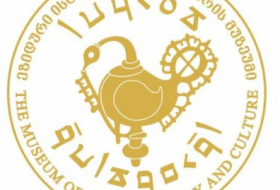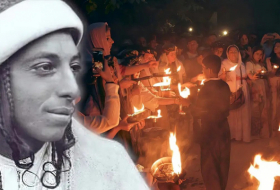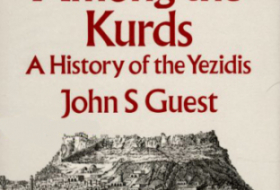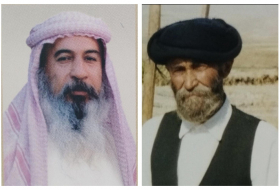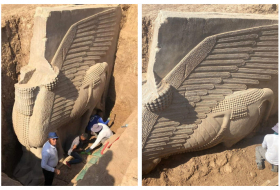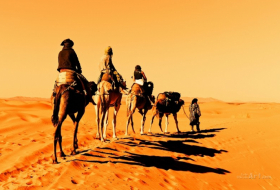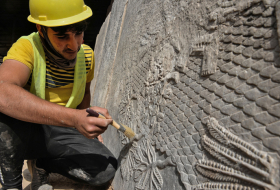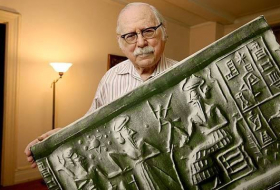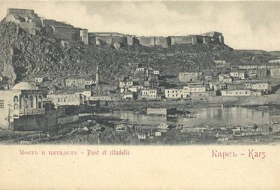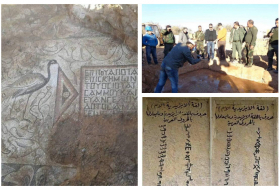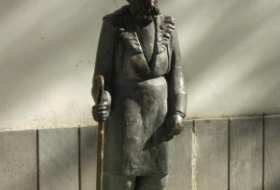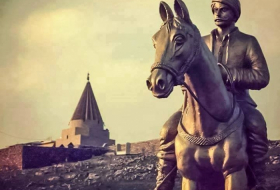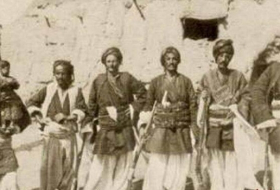Yazidis remember the massacre between Kurds and Yazidis in Khatar in March 1832
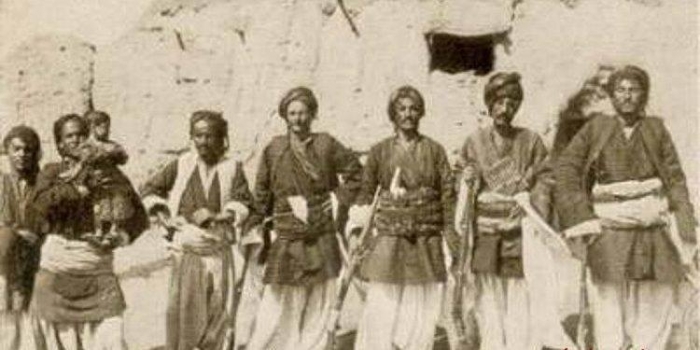
Yazidis from the village of Khatara, located near Dohuk, in Northern Iraq, recall one of the most terrible dates in Yazidi history. In March 1832, the Kurdish Prince Mohammed of Ravanduz, popularly known as the Blind World, attacked the Yazidis in the Sheikhan area. His campaign to exterminate the Yazidis began with the village of Khatara. Every year, local Yazidis remember the dead, and representatives of the clergy hold a prayer service.
On March 9, 1832, Mohammed of Ravanduz with his large army attacked Khatara, which at that time belonged to the Sheikhan. As a result of the Kurdish Prince's attack, thousands of Yazidis were killed and women and children enslaved. A week later, on March 15, 1832, the troops of the Blind World participated in the murder of more than 300 Assyrians in Alqosh. This event is still stored in the memory of the Assyrians and is described in one of their works.
Many old residents of Khatar, whose ancestors survived the massacre, report that almost all of the Yazidi population was killed or enslaved. Only those residents who were working outside their village were able to survive the attack.
European travelers went to this area a few years after the events described. Six years after the massacre, a European traveler noted that the population of Khatar was previously more than ten thousand people, and now thousands of Yazidis do not live here.
The Khatara killings were the beginning of the so-called "Soran massacre", when Kurdish tribes United by the emirs of soran launched their attack on the Yazidis in Sheikhan. Tens of thousands of Yazidi men were killed and women and children enslaved. To legitimize his actions, Mohammad of Ravanduz was guided by a fatwa issued by two Kurdish religious figures who authorized the killing and enslavement of Yazidis. For this reason, the Blind World managed to unite many Kurdish tribes under its banners against the Yazidis.
Professor Jalile Jalil writes about these events as follows: "in the Spring of 1832, more than 50,000 soldiers [of Muhammad Pasha of Rawanduz] crossed the great Zab and reached the Yazidi villages. Many of the residents were killed and the survivors fled. Some went to the mountains of Judi, Tur Abdin, and Sinjar, others to the tops of neighboring mountains, caves, and valleys, and others tried to flee toward Mosul. However, the Governor of Mosul, fearing Mohammed of Rawanduz, destroyed the bridge to the city so that the Yazidis could not cross the river. The soldiers of Muhammad overtook them on the hills of Counsei and a few days later killed all of the Yazidis. Those repeatedly tried to start negotiations with the Prince of Rawanduz, but he refused. He urged his soldiers to continue the war until there were no Yazidis left. Ultimately, he cut off the Yazidis from the outside world."
Yazidi Prince Mir Ali beg and his fighters tried to stop the Kurdish invaders, but were hopelessly inferior to the troops of the Blind World. Ali beg was taken prisoner. He was tortured for a long time to convert to Islam, but he refused and was subsequently killed.
The Khatara massacre is deeply rooted in the minds of the descendants of the Yazidi inhabitants of This village. Every Yazidi child here knows about the atrocities of the Blind World.
Source -ÊzîdîPress
Tags: #yazidisinfo #езиды #historyyazidi #historyezidi #aboutezidi
